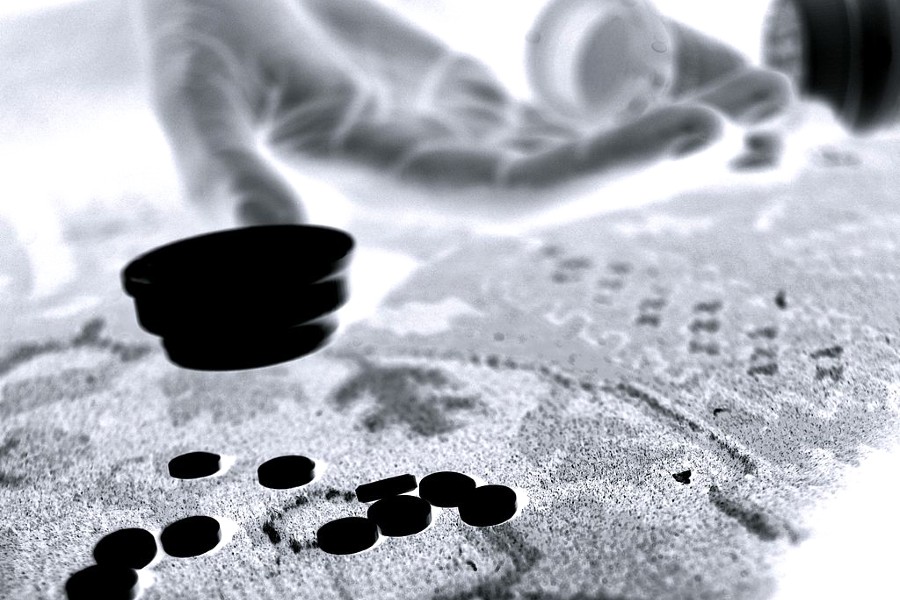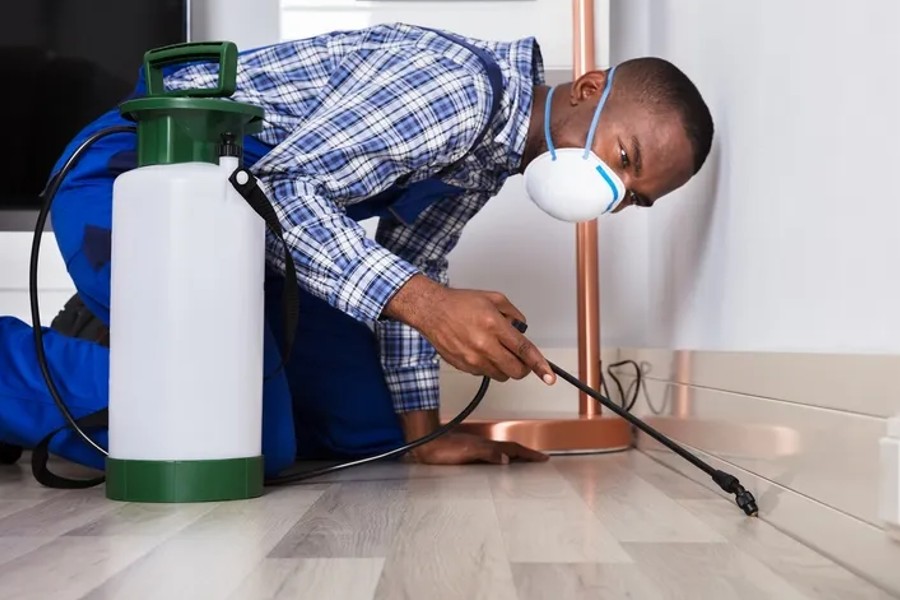
Bladder control issues among men are not uncommon, nor are they something to feel embarrassed about.
Many men face these issues at different stages of their life due to various factors such as aging, prostate health, or underlying medical conditions. Despite the challenges, remember that you are not alone, and numerous practical, discreet, and effective solutions can empower you to maintain your quality of life and reclaim your confidence.
Pelvic Floor Exercises – Your First Line of Defense
The first step in effectively managing bladder control issues is strengthening pelvic floor muscles. Just as you would train your biceps or quadriceps, the muscles supporting your bladder also need regular exercise to maintain optimal function. Kegel exercises are the most well-known and widely recommended workouts for these muscles. These pelvic floor therapy exercises involve contracting and relaxing the pelvic floor muscles, enhancing bladder control over time. If you’re unfamiliar with how to perform Kegels, here’s a simple guide:
- Identify Your Pelvic Floor Muscles: The first step is identifying the correct muscles. The easiest way to do this is to attempt to stop your urine mid-flow next time you’re in the bathroom. The muscles you contract to do this are your pelvic floor muscles.
- Perfect Your Technique: Once you’ve identified the correct muscles, it’s time to perfect your technique. Contract your pelvic floor muscles, hold the contraction for five seconds, then relax for five seconds. Try it four or five times in a row.
- Maintain Your Workout: Just as with any exercise regimen, consistency is key. Aim for at least three sets of 10 repetitions per day. You can perform these exercises anytime, anywhere – sitting at your desk, during your commute, or watching TV.
Remember, patience is essential. You might not notice improvements immediately, but stick with it. Over time, as your muscle strength improves, you’ll likely experience fewer episodes of bladder leakage.
Dietary Considerations and Fluid Management
While it may seem counterintuitive, maintaining good hydration is critical when managing bladder control issues. Drinking ample water throughout the day ensures your urine is dilute and less likely to irritate your bladder. However, moderate your intake of bladder irritants such as alcohol, caffeine, and acidic beverages.
Dietary changes can also help manage bladder leakage. Spicy foods, artificial sweeteners, and excess salt can exacerbate the issue. A balanced diet with ample fiber can help prevent constipation, reducing pressure on the bladder.
Practical Solutions – Incontinence Pads and Protective Garments
With pelvic floor exercises and dietary adjustments as part of your regimen, it’s time to consider some practical solutions for managing bladder leakage, and this is where incontinence pads come into play. These pads are designed to absorb leakage, offer protection against odor, and can be easily disposed of after use. Incontinence pads are not just practical; they’re also discreet. They fit comfortably and unobtrusively in your regular underwear and provide a physical barrier between any leakage and your clothes, keeping you dry and confident. They come in different sizes and absorption levels to cater to individual needs, from light to more significant bladder leakage. Similarly, protective garments are also available and designed specifically for men experiencing bladder control issues. These underwear-like garments offer greater protection and are a useful option for men experiencing higher leakage volumes.
Medical and Surgical Interventions
Consider medical or surgical interventions if lifestyle changes and practical solutions do not sufficiently manage your symptoms. Medications can help by calming an overactive bladder or helping the bladder empty more completely during urination. Botox injections into the bladder muscle are another option; they can decrease bladder muscle overactivity and reduce symptoms.
Several types of surgeries can also help manage bladder control issues, and your doctor can advise if you are a suitable candidate for these. Procedures range from sling surgeries, which help support the urethra, to more advanced options like artificial urinary sphincters and sacral nerve stimulation, which regulate the nerve signals between the bladder and brain. It’s essential to understand that while these medical and surgical interventions can be highly effective, they are typically recommended when other less invasive strategies have not produced the desired results.
Building a Support Network and Mental Well-being
It’s not just the physical aspects of bladder control issues that need addressing; the emotional and mental health impacts also require attention. Having a solid support network is vital. Reach out to friends, join support groups, and don’t hesitate to discuss your concerns with your healthcare provider. Remember, you are not alone in your journey; many others understand what you’re going through.
Staying positive and maintaining a healthy perspective is also crucial. Having bladder control issues can sometimes feel isolating or embarrassing, but remember, it’s a medical condition many men experience. There is no shame in seeking help and using the resources available to manage the situation.
Facing bladder control issues can be a challenging part of a man’s life, but it’s important to know that effective, discreet solutions are available to address this condition. Remember that it’s about managing physical symptoms and ensuring your mental well-being during this journey. Rest assured, you are not alone in this, and with a proactive approach, you can navigate this situation confidently.
This content is part of the HWM Partnership.
- The Rise And Fall Of 65 West 128th Street: A Microcosm Of Harlem’s History
- From Rainforest To Asphalt: Amazon’s Sustainability Report Struggles To Navigate Harlem’s Future
- Broom Drill In A Harlem Church: A Unique 1882 Tradition
- Wells Fargo Shares Economic Impact From Open For Business Fund
- Harlem Rallies For Kamala Harris: A Historic Gathering Of Black Women Leaders
Become a Harlem Insider!
By submitting this form, you are consenting to receive marketing emails from: Harlem World Magazine, 2521 1/2 west 42nd street, Los Angeles, CA, 90008, https://www.harlemworldmagazine.com. You can revoke your consent to receive emails at any time by using the SafeUnsubscribe® link, found at the bottom of every email. Emails are serviced by Constant Contact









